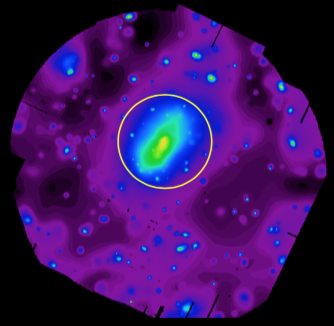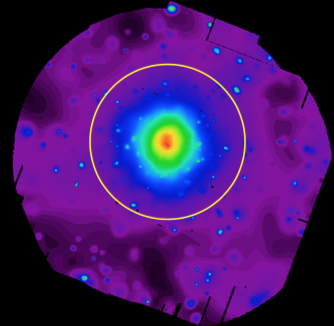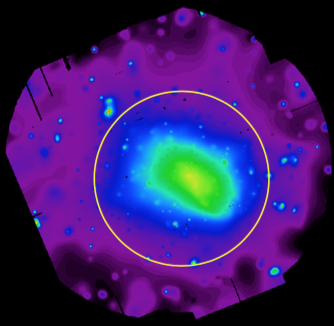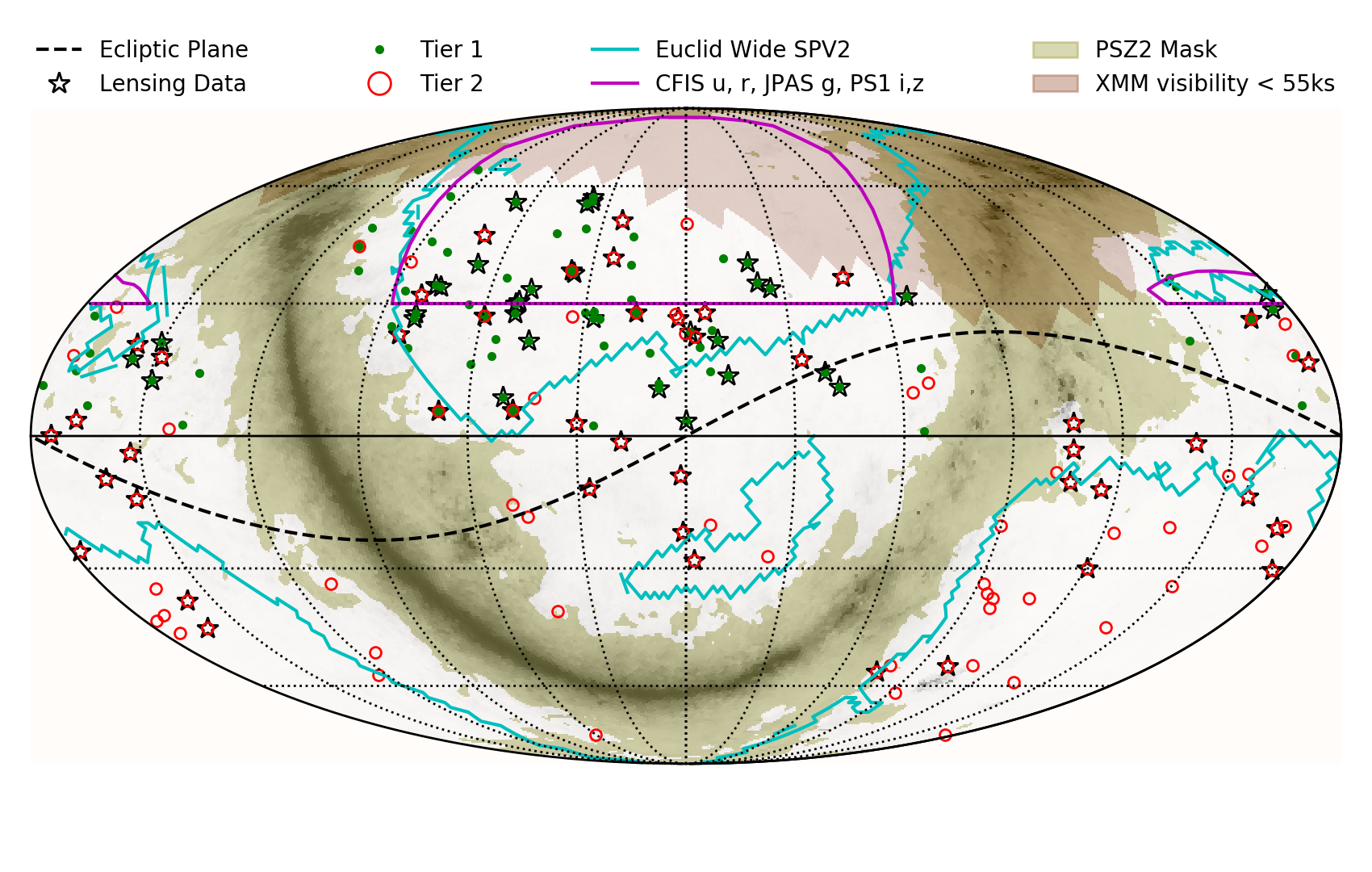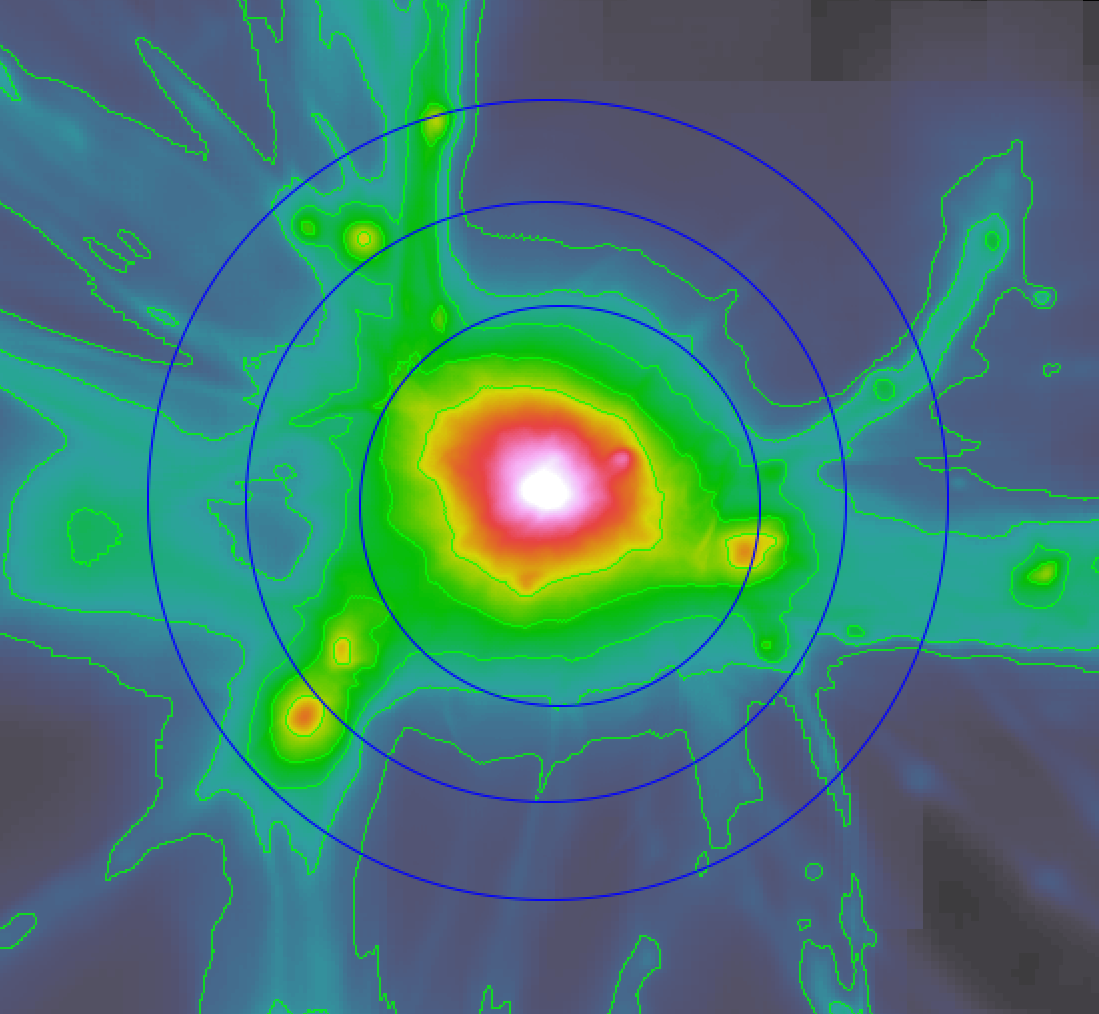: A. Bonafede, R. Cassano, D. Eckert, S. Ettori, F. Gastaldello, R. Gavazzi, S. Kay, L. Lovisari, B. Maughan, S. Maurogordato, E. Pointecouteau, G.W. Pratt, E. Rasia, M. Rossetti, J. Sayers, M. Sereno, K. Umetsu
(former members: M. Arnaud)
WG X-ray (chair: Pratt & Rossetti)
SC members; Ahangar, Altria, Balboni, Bartalucci, Batalha, Bourdin, Campitiello, De Grandi, De Luca, Donahue, Dupourqué, Forman, Gaspari, Gastaldello, Ghirardini, Ghizzardi, Gitti, Jones, Le Brun, Mazzotta, Molendi, Oppizzi, Pointecouteau, Riva, Tozzi
WG SZ (chair: Pointecouteau & Sayers)
Adam, Aussel, Bartalucci, Bourdin, Clerc, De Luca, De Petris, Gaspari, Kim, Macias Perez, Mayet, Mazzotta, Melin, Muñoz Echeverria, Oppizzi, Perotto; Saxena (PhD: ref. Sayers)
WG Lensing (chair: Gavazzi & Umetsu)
Ahangar, Gavidia, Giocoli, Ingoglia, Jauzac, Meneghetti, Okabe, Radovich, Sayers, Sereno
WG Galaxies (chair: Maurogordato & Sereno)
Barrena, Cappi, Castignani, Donahue, Ferragamo, Haines, Ingoglia, Radovich, Rubino-Martin, Umetsu, Zarattini, Huot (Master student; ref. Maurogordato); Bhargava (PostDoc; ref. Maurogordato)
WG Hydrosymulations (chair: Kay & Rasia)
Biffi, Corasaniti, De Petris, Dolag, Ferragamo, Giocoli, Le Brun, Salvati, Saro, Seppi, Yepes
WG Radio (chair: Bonafede & Cassano)
Adam, Balboni, Botteon, Forman, Gastaldello, Gitti, Ingoglia, Johnston-Hollitt
